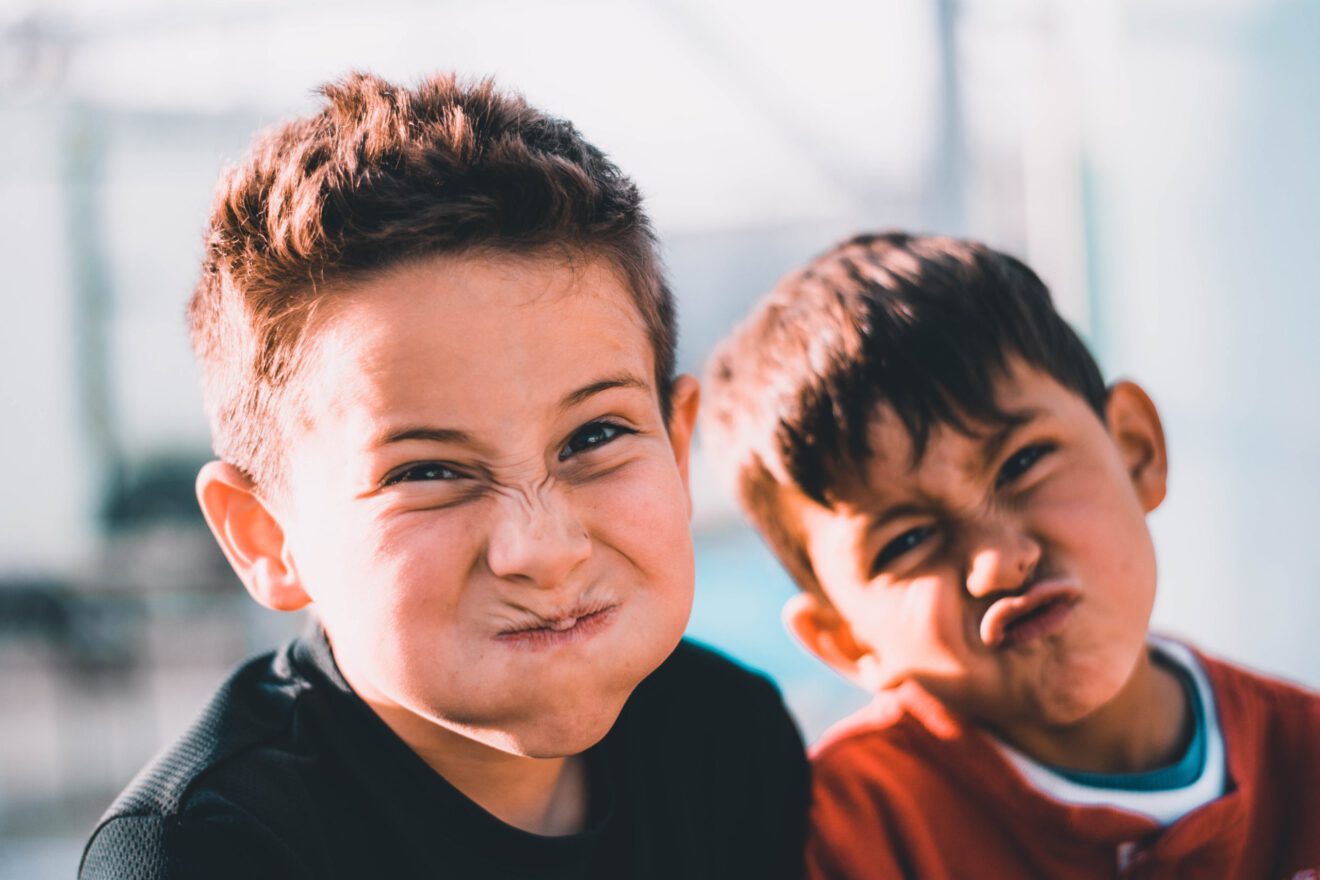I’m sure I’m not the first to tell you that these past few years have been anything but ordinary. I bet you have experienced just how different schools and students are as we adapt to a post-pandemic-shutdown world. The school district I work in is in a small rural community in Montana, where 70% of the students qualify for free/reduced lunch and more than 30% have individualized education programs. Challenging student behavior is something we saw before the pandemic, but like many of you, the need for universal support has become amplified over recent years.

Before COVID, first- and second-grade students understood how to identify their emotions and practice self-regulation. For example, in the past, when a student became frustrated, they would go to a designated safe place and identify why they were upset so they could work through it. When we returned to in-person school, we noticed students were unable to identify what they were feeling or why. Our teachers had to teach about the physical indicators that help identify emotions like “when your stomach feels like this, and your face gets flushed, this is why and this is what you do.” They had to teach basic skills like belly breathing that would have normally been taught in earlier grades.
A new way to return to SEL basics
The COVID-related shutdowns had put students behind. It really shifted the developmental continuum for those younger children and highlighted the need to shift our priorities. So, we focused on returning to the basics to ensure all students understood foundational social and emotional skills like self-management, social awareness and personal responsibility.
Luckily, we had actually started a social-emotional learning curriculum back in 2017 and could scale support to adapt to students’ increased needs. Aperture Education’s DESSA SEL assessment provided data that allowed us to measure program effectiveness and track students’ progress in strengthening their social-emotional skills.
Using the SEL data we collected, our administrative team saw three areas of priority we wanted schools to focus on that would, in turn, positively impact students.
Defining a universal language
We first examined how our staff talked to each other and to parents about student behavior. We created a flow chart that administrators could use to ask questions about teacher observations and experiences in the classroom. This was a way to encourage a strength-based approach to communicating with students and to communicate about students to family members and administrators.
If we don’t give educators the language to build positive relationships, the school culture won’t change. Getting a common language in place helped the teachers in our district.
Creating ownership
We acknowledged that we needed to figure out how to get everyone on board with ownership. It’s everyone’s responsibility to identify the students who need help — not just teachers — so we had to figure out how to create a community mentality across the school staff. I put a board outside my office, and I’d list the people who were gone every day. Then, when someone came back, we’d welcome them back. Then the teachers started to do that too.
When I saw some of these things happening, I’d share them. This boosted educator morale and empowered them to communicate similarly with students. Instead of focusing only on the things that were going wrong, we all started to celebrate what was going well.

Building in supportive moments
Being present and available for teachers made them feel seen and heard. If teachers continued to see challenging student behavior, we worked with them as a team to figure out how to support those students.
We looked at the SEL data and brainstormed how to integrate more activities that would help students strengthen the skills they were struggling with. Once those interventions were implemented, we’d look at the data to see what worked and what didn’t work for that student. Shifting the mindset to one that was collaborative ensured that staff felt supported. It also gave us the opportunity to connect on ways to tailor support given students’ specific strengths so that their outcomes improved.
When we started our strength-based approach at the educator level, it equipped administrators and teachers with the skills they needed to model social and emotional skills in their classrooms. It also helped them understand how to approach behavior issues as opportunities to teach social and emotional skills and help students apply what they were learning to grow their skills.
Our office referrals for student behavior have decreased significantly since we went back to the basics in our SEL focus. Now, instead of reacting to behavior, teachers are proactively assessing and teaching SEL skills to prevent that behavior from occurring in the first place. This has created a much more positive school culture and is helping teachers set their students — and themselves — up for success.
Norah Barney, Ph.D., is the district curriculum and special education director in the Anaconda School District in Montana. Her district uses the DESSA from Aperture Education to support its SEL program.
Opinions expressed by SmartBrief contributors are their own.
_________________________
Subscribe to SmartBrief’s FREE email newsletter to see the latest hot topics on Special Education. It’s among SmartBrief’s more than 250 industry-focused newsletters.
